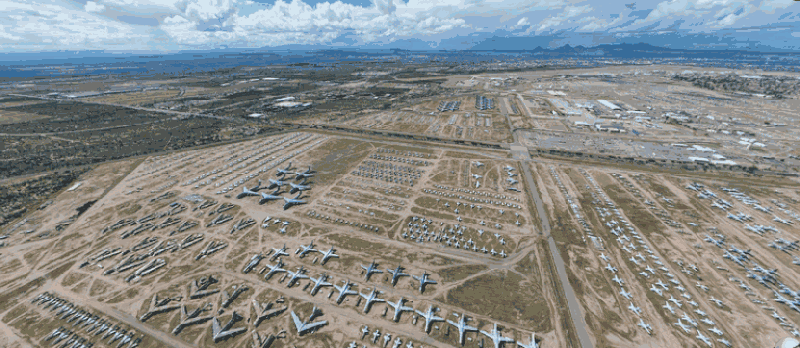Courtesy of DailyMail: It’s 12 years since Concorde made its last supersonic flight at Mach 2.04, or 1,354 mph (2,179 km/h). For the full article go here.
But the future of flight could be much faster, with a transatlantic journey taking as little as half an hour.

A concept aircraft named Skreemr could reach speeds exceeding Mach 10 – that’s 10 times the speed of sound.
Designers Charles Bombardier and Ray Mattison envisage the craft could be launched using a magnetic railgun system to catapult it into the sky at high speed.
Using such a launch system, the craft would be positioned on a pair of conductive parallel rails and accelerated along them using a powerful electromagnetic field.
Liquid-oxygen or kerosene rockets would be fired to enable the plane to rapidly climb higher in the sky and reach Mach 4, which is around twice the speed of Concorde, The Globe and Mail reported.
The designers say scramjet engines could then be used to propel it to speeds of over 10 times the speed of sound, which is around 7,673mph (12,349km/h)
While scramjet engines are under development for drones and military planes, it could be years until they are used for consumer jets and there is no suggestion the designs for Skreemr will ever become reality.
Craft using scramjet propulsion systems are set to be smaller, lighter and faster, because oxygen needed for engine combustion would be taken from air passing through a vehicle, instead of from a tank on board, Nasa explains.
It’s predicted scramjets could reach 15 times the speed of sound.
Bombardier Skreemr’s sleek design, with four wings and two large rockets on the rear, is intended to be used as a commercial aircraft to carry 75 passengers in luxury.
While Bombardier came up with the idea, Mattison, from Design Eye-Q in Minnesota, created the renderings of the concept.
Earlier this month, illustrations emerged for ‘Concorde 2,’ based on a patent awarded to Airbus in July, which describes a craft that climbs vertically into the air before breaking the sound barrier as it travels horizontally across the sky.
It’s been dubbed Concorde 2 because it would be much faster and quieter than the retired supersonic jet, having been designed to have a top speed of Mach 4.5, meaning a journey from New York to London would take just one hour.
Airbus hopes its planned hypersonic jet, which would travel at 4.5 times the speed of sound, could take people between two major cities faster than most daily commutes.
Its proposed one-hour journey time between New York and London would be more than three times faster than the original Concorde, which made its final flight in 2003.
Standard airliners take around eight hours to complete the journey.
Airbus’ jet is described as ‘an air vehicle including a fuselage, a gothic delta wing distributed on either side of the fuselage, and a system of motors able to propel the air vehicle’.
The Boneyard:

Check Out This Awesome Aerial 360º Image Of The Department Of Defense’s Boneyard
Aerial Sphere, a company that uses 360 degree photography in an aerial format, took this awesome image high over Davis Monthan Air Force Base and its sprawling boneyard ran by the 309th Aerospace Maintenance and Regeneration Group (AMARG). You can spin the image in every direction and zoom in wherever you like, it’s pretty awesome.
Check out AerialSphere here, as they already have the majority of Phoenix mapped with 360º images like these and they seem to be expanding. 360 photography and video has become increasingly popular in the aviation community, providing virtual tours of cockpits and even virtual ride-alongs in fighter aircraft. Once Virtual Reality headsets become just another fixture in most people’s homes, this technology should really, well, takeoff.
Podcast: Play in new window | Download
